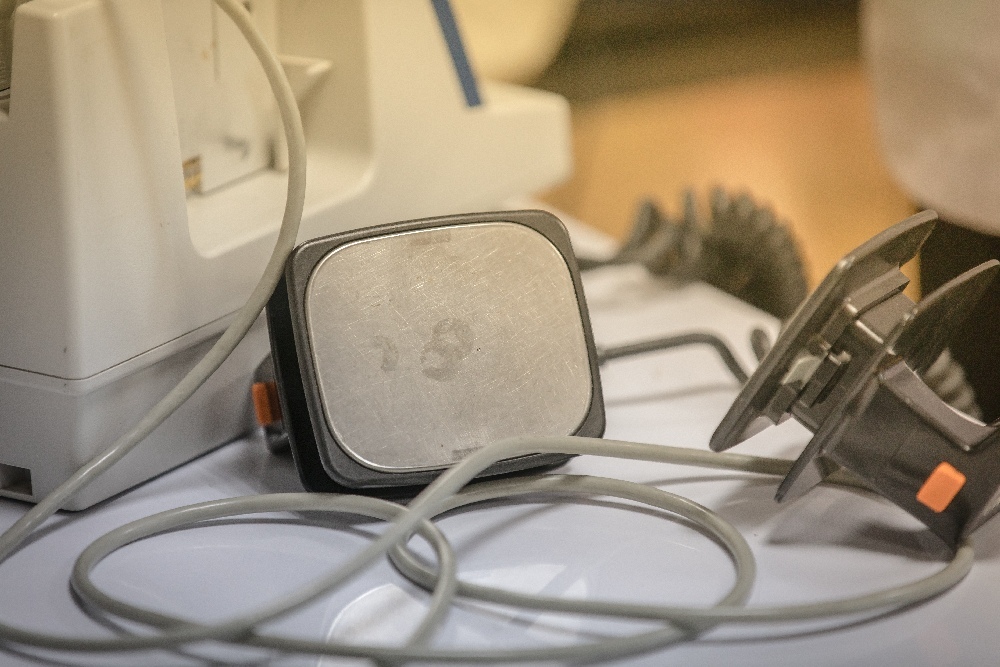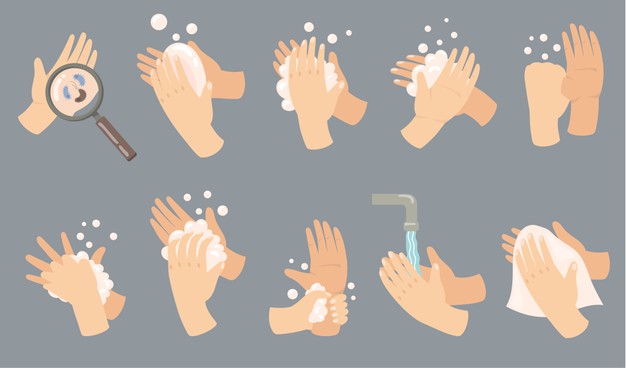Fifty-two per cent of total cardiovascular deaths in India happen before 70, and as stated by the Times of India, every 33 seconds, someone leaves this world due to heart attacks.. This rising epidemic has given India the name of the “Coronary Capital of the World.” No doubt that a cardiac arrest is more dangerous, sudden and gives no prior indication to the victim or the family. People often tend to use cardiac arrest and heart attack as synonyms, but in no way are they the same.

What Is A Cardiac Arrest?
Cardiac arrest or sudden cardiac arrest is more critical and delicate than a heart attack. The victim’s pulse stops abruptly due to an irregular heart rate and will lose consciousness and collapse without warning.
In cardiac arrest, if you don’t take proper steps quickly, death can result immediately. One can reverse cardiac arrest if CPR is given on time and a defibrillator shakes the heart and returns a regular heartbeat within a few minutes.
Reasons Behind A Cardiac Arrest?
Coronary artery disease is the most prevalent cause of cardiac death, accounting for 80% of all cases. Cardiomyopathies and genetic channelopathies account for the remaining reasons. The most customary causes of nonischemic sudden cardiac demise are cardiomyopathy related to alcohol addiction, obesity, and fibrosis. (1)

What Is A Heart Attack?
A heart attack mainly occurs from atherosclerosis (fatty buildups) inside the arteries that transport blood to the heart muscle. Plaque buildup narrows the interior of the arteries, causing it more challenging for blood to circulate. If a plaque inside a heart artery bursts open, it results in a blood clotting. The clot further blocks the blood flow. Moreover, when it completely stops blood flow to part of the heart muscle, a heart attack occurs.
Some heart attacks are sudden, unforeseen, and severe. But most occur slowly, with moderate discomfort or pain. Some signs that a heart attack is occurring:
- Feeling uncomfortable pressure or pain in the middle of your chest. It feels like it lasts for more than a few minutes or comes back again and again.
- Pain or distress in left or both arms.
- Discomfort in your back, jaw, neck, or stomach.
- Shortness of breath. It might come with a feeling of chest discomfort.
- Additional signs like nausea or lightheadedness
Reasons Behind A Heart Attack?
Blood continues to flow through your heart via the coronary arteries. A blockage in any one of the coronary arteries can result in a heart attack.
Coronary artery disease (also known as atherosclerosis) is a typical cause of a heart attack. It happens when fat deposits and other elements develop in an artery’s internal lining. This buildup is known as plaque. If one of these plaques crack, it will form a blood clot, blocking the artery, which will ultimately cause a heart attack. The key to protecting yourself is to use more healthful unsaturated fats and less harmful saturated fats, exercising and cutting down on smoking if you do.
Takeaway
Researchers have found that shifting a minimum of 5% of everyday calories from saturated fats to unsaturated fats decreased average glucose levels enough to reduce type 2 diabetes by 22% and cardiovascular disease by 6.8%. According to your taste, to replace using butter whenever you bake or sauté, substitute olive oil, peanut oil, corn oil, or another unsaturated oil.
Sprinkle these oils on sides and salads in place of salad dressing, butter, or sour cream. Try fish instead of red meat, try nutrient pairing, put nut butter or avocado instead of butter on your bread toast, and use palm-size portions of nuts and seeds for in-between snacks. If you try it this way, you won’t have to switch your diet altogether but slightly modify it. Another risk factor is weight gain, counting your calories, and remembering that exercising is a must is the key to a healthy life!






